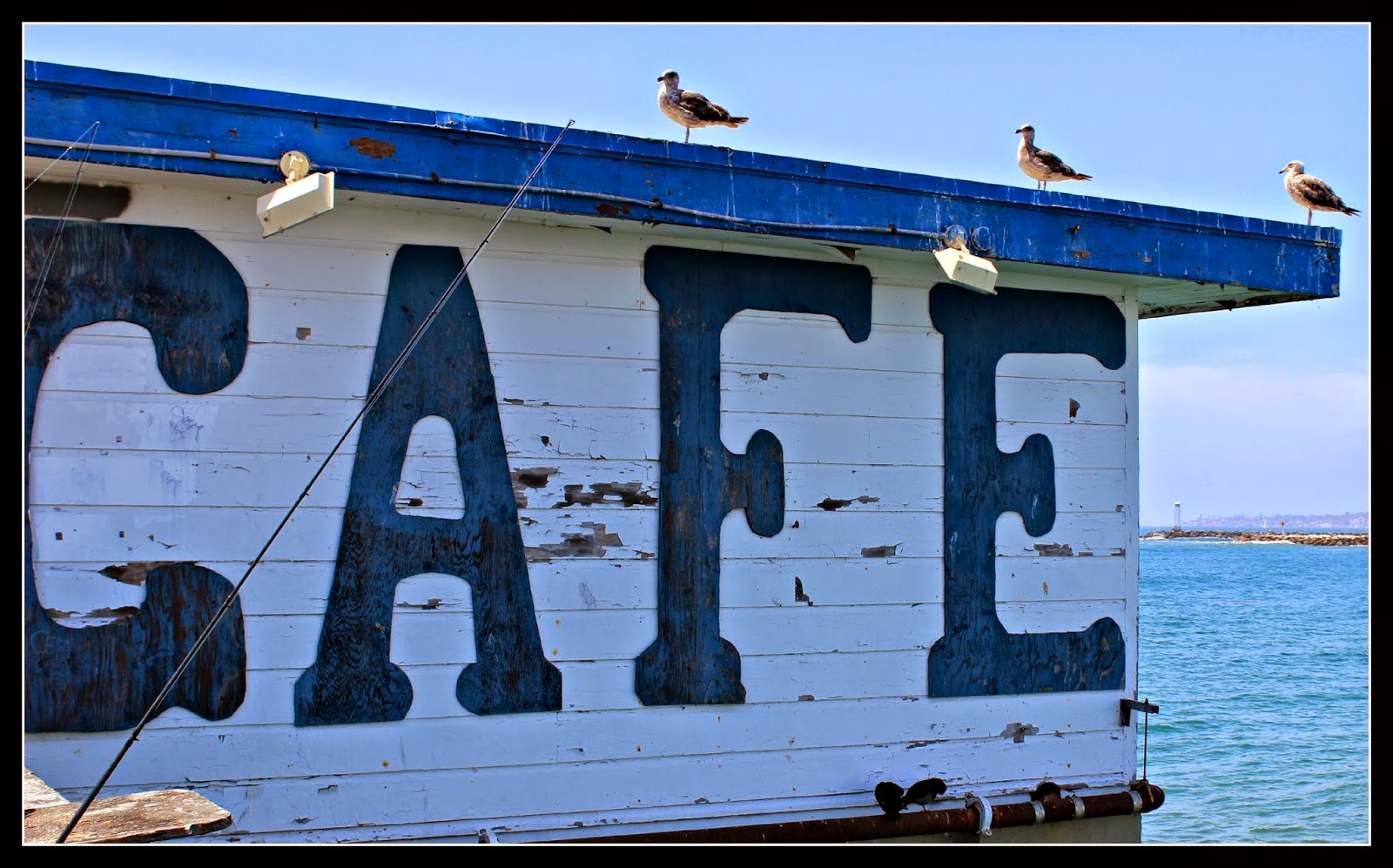Word of Mouth Marketing (WOMM) is a method of
transferring knowledge about products and services through social networks.
Companies are moving toward using social media marketing methods to encourage
their messages to spread into difficult to reach groups. A study of bloggers by
Kozinets, et. al. (2010) shows how social media communication works within groups
cultural norms. The character of the blogger takes on a new form of endorsement
or criticism of products.
In 2008, companies spend $1.54 billion on WOMM initiatives
and the amount is expected to increase to $3 billion in 2013 (PQ Media, 2009). The
market has a positive impression of independent bloggers and social media users
who promote or reject products based upon their unique perspectives.
The types of blogs vary depending on their
personality. Some blogs focus on one concept in a niche market while others focus
on multiple concepts. The different being the topics of interest to bloggers
and what they find interesting enough to write about. The process of writing on a blog has become
known as “Identity Projects”.
Bloggers fit within a social network based upon
their interests and vantage points. People interested in similar ideas,
concepts, and products read blogs in order to understand and obtain additional
information.
The collection of likeminded individuals in a social
network helps companies sell products and ideas. The same process that exists
in face-to-face communication is similar in the online world. Bloggers become
opinion generators that foster or squash products in their social network.
Word of Mouth (WOMM) in online media is a secondary
but significant source of developing opinions about products and services that
can have an influence on public opinion and purchasing behavior. The
researchers found in their study of 80 bloggers that they are not only social networks
that use communal vs. commercial norms but they also become opinion generators
based on trust, friendship, and alliances. Bloggers as opinion generations can 1.) communicate
the message; 2) stake reputation on the marketing message; and 3) convert the
message into language, substance and tone that their readers understand.
Kozinets, R. et. al. (2010). Networked narratives:
understanding word-of-mouth marketing in online communities. Journal of marketing, 74 (2).
PQ Media (2009). Exclusive PQ
Media Research: Despite Worst Recession in Decades, Brands Increased Spending
on Word-of-Mouth Marketing 14.2% to $1.54 Billion in 2008 retrieved from http://www.pqmedia.com/about-press-20090729-wommf.html.






